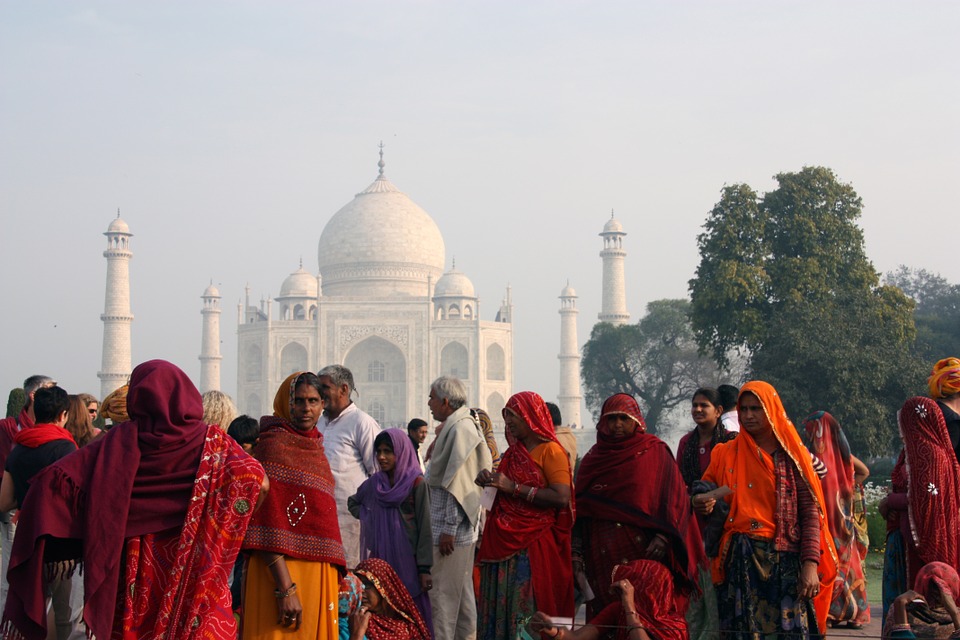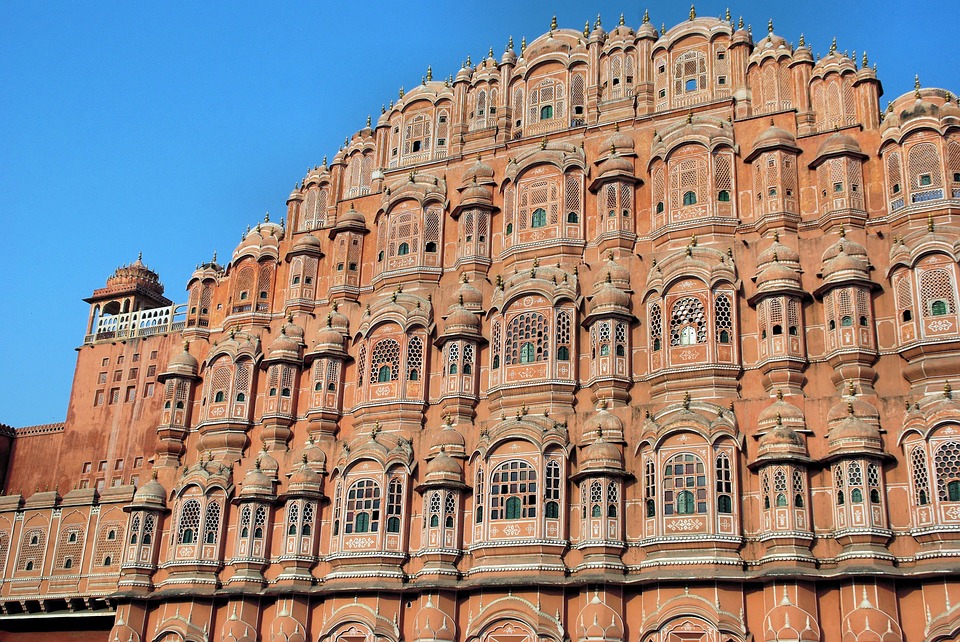
Population Density of India
India is the second most populous country in the world, with a population of over 1.3 billion people. The population density of India is the highest among the major countries of the world, with an average of 450 people per square kilometre. The population density varies greatly across different regions of the country, with some areas being densely populated while others are sparsely populated. The high population density in India has significant implications for the country’s infrastructure, resources, and environment. Understanding the factors affecting population density, the differences between urban and rural population density, regional variations, and the impact on infrastructure and resources is crucial for policymakers and planners to manage and sustain the growing population in India effectively.
Summary
- India is the second most populous country in the world, with a high population density of over 450 people per square kilometre.
- Factors affecting population density in India include fertility rates, migration, urbanisation, and government policies.
- Urban population density in India is much higher than rural population density, leading to overcrowding and strain on resources in cities.
- Regional variations in population density exist, with the northern and western regions being more densely populated than the central and eastern regions.
- High population density in India puts pressure on infrastructure, water resources, and healthcare, leading to challenges for sustainable development.
Factors Affecting Population Density in India
Several factors contribute to the high population density in India. Firstly, the fertility rate in India has been historically high, although it has been declining in recent years. The cultural and social norms, lack of access to family planning services, and limited awareness about contraception have all contributed to high fertility rates in the past. Additionally, the high birth rate has led to a large proportion of young people in the population, further contributing to population growth. Secondly, internal migration from rural to urban areas has also played a significant role in increasing population density in urban centres. People migrate from rural areas to cities in search of better economic opportunities, leading to overcrowding in urban areas. Thirdly, improved healthcare and sanitation facilities have led to a decline in mortality rates, resulting in a larger population size. Lastly, the lack of effective implementation of population control measures and family planning programmes has also contributed to the high population density in India.
On the other hand, there are also factors that contribute to low population density in certain regions of India. These include geographical factors such as rugged terrain, deserts, and dense forests that make certain areas uninhabitable. Additionally, regions prone to natural disasters such as floods, earthquakes, and cyclones may have lower population density due to the risks associated with living in these areas. Furthermore, government policies and initiatives aimed at promoting development in rural areas have led to migration from densely populated regions to less populated ones. Overall, a combination of social, economic, geographical, and policy factors contribute to the varying population density across different regions of India.
Urban vs. Rural Population Density in India
The population density in India is not evenly distributed, with significant differences between urban and rural areas. Urban areas are characterized by high population density due to factors such as better employment opportunities, access to education and healthcare facilities, and improved infrastructure. The rapid urbanization in India has led to overcrowding in cities, particularly in metropolitan areas such as Mumbai, Delhi, Kolkata, and Bangalore. The influx of people from rural areas seeking better livelihoods has put immense pressure on urban infrastructure and services, leading to issues such as housing shortages, traffic congestion, and inadequate sanitation facilities.
On the other hand, rural areas in India have lower population density compared to urban areas. However, rural population density varies across different states and regions based on factors such as agricultural productivity, land availability, and government policies. Some states with fertile land and better irrigation facilities have higher rural population density compared to states with arid or less fertile land. Additionally, government initiatives aimed at promoting rural development and employment opportunities have led to migration from densely populated rural areas to less populated ones. The differences in urban and rural population density have implications for resource allocation, infrastructure development, and socio-economic disparities within the country.
Regional Variations in Population Density in India
India exhibits significant regional variations in population density due to a combination of geographical, historical, and socio-economic factors. The northern plains of India, including states such as Uttar Pradesh, Bihar, and West Bengal, are among the most densely populated regions in the country. The fertile soil, favourable climate, and availability of water resources have historically attracted large populations to these areas. Additionally, these regions have a long history of agricultural activity, which has sustained large populations over centuries.
Conversely, the northeastern states of India such as Arunachal Pradesh, Mizoram, and Nagaland have low population density due to their hilly terrain, dense forests, and limited accessibility. These states are also home to diverse indigenous communities with unique cultural practices and traditions that have contributed to their relatively low population density. Similarly, the western desert regions of Rajasthan and Gujarat have lower population density due to arid climatic conditions and limited agricultural productivity.
Furthermore, coastal regions such as Kerala and Goa have relatively higher population density compared to inland regions due to better access to trade routes, fishing opportunities, and historical influences of colonial powers. The regional variations in population density in India reflect the diverse geographical and socio-economic characteristics of different states and regions.
Impact of Population Density on Infrastructure and Resources in India
The high population density in India has significant implications for infrastructure development and resource management. In urban areas, the rapid influx of people has put immense pressure on housing facilities, leading to slum development and inadequate living conditions for a large proportion of the population. Additionally, overcrowding has strained transportation systems, leading to traffic congestion and air pollution. The demand for basic services such as water supply, sanitation facilities, and healthcare services has also increased significantly due to high population density in urban areas.
In rural areas, high population density has led to land fragmentation and smaller landholdings, making agriculture less economically viable for many farmers. This has contributed to rural-urban migration as people seek alternative livelihoods in urban centres. Furthermore, the pressure on natural resources such as water and forests has increased due to higher population density in certain rural areas.
The impact of population density on infrastructure and resources is not uniform across different regions of India. Some densely populated regions face acute shortages of basic amenities such as clean water and electricity, while less populated regions may struggle with underutilization of resources due to limited demand. Managing the impact of population density on infrastructure and resources is a key challenge for policymakers in India.
Government Policies and Initiatives to Manage Population Density in India
The Indian government has implemented several policies and initiatives aimed at managing population density and promoting sustainable development. The National Population Policy was introduced in 2000 with the goal of achieving a stable population by 2045 through voluntary family planning measures and reproductive healthcare services. The policy focuses on improving access to contraception, promoting gender equality, and raising awareness about the benefits of smaller family sizes.
Additionally, various government schemes such as the National Rural Employment Guarantee Act (NREGA) aim to create employment opportunities in rural areas to reduce migration to urban centres. The Pradhan Mantri Awas Yojana (PMAY) aims to provide affordable housing for all by 2022, addressing the housing shortage in urban areas. The Smart Cities Mission focuses on developing urban infrastructure to accommodate the growing urban population sustainably.
Furthermore, initiatives such as the National Rural Health Mission (NRHM) aim to improve healthcare facilities in rural areas to reduce mortality rates and promote family planning services. The government has also launched campaigns such as Beti Bachao Beti Padhao (Save the Girl Child, Educate the Girl Child) to address gender-based discrimination and promote female education.
Despite these efforts, challenges remain in effectively managing population density in India. Issues such as regional disparities in resource allocation, implementation gaps at the grassroots level, and cultural barriers to family planning continue to pose challenges for policymakers.
Future Outlook for Population Density in India
The future outlook for population density in India is influenced by various factors such as demographic trends, economic development, urbanization patterns, and government policies. The declining fertility rate and increasing life expectancy are expected to lead to a gradual stabilization of the population growth rate in India. However, the sheer size of the current population means that even a stable growth rate will lead to significant increases in absolute numbers.
Urbanization is expected to continue at a rapid pace, leading to further concentration of population in urban centres. This trend will require substantial investments in urban infrastructure and services to accommodate the growing urban population sustainably.
Regional variations in population density are likely to persist due to geographical constraints and historical factors. Efforts to promote balanced regional development through targeted policies will be crucial for addressing disparities in resource allocation and socio-economic development.
In conclusion, managing population density in India is a complex challenge that requires a multi-faceted approach encompassing social, economic, environmental, and governance dimensions. By addressing factors affecting population density, promoting sustainable urban and rural development, and implementing effective policies and initiatives, India can work towards managing its growing population density while ensuring equitable access to resources and opportunities for all its citizens.
FAQs
What is population density?
Population density is a measurement of population per unit area, usually per square kilometre or square mile. It is calculated by dividing the population of a region by its total land area.
What is the population density of India?
As of 2021, the population density of India is approximately 450 people per square kilometre, making it one of the most densely populated countries in the world.
How does India’s population density compare to other countries?
India’s population density is higher than the global average, which is around 50 people per square kilometre. However, it is lower than some other highly populated countries like Bangladesh and Japan.
What are the factors contributing to India’s high population density?
Several factors contribute to India’s high population density, including high birth rates, limited access to family planning services in some areas, cultural norms favouring large families, and a lack of effective population control measures in the past.
What are the effects of high population density in India?
High population density in India has led to challenges such as strain on resources, overcrowding in urban areas, environmental degradation, and pressure on infrastructure and public services. It also poses challenges for sustainable development and economic growth.
How does population density vary within India?
Population density in India varies widely across different regions. The northern plains and coastal areas tend to be more densely populated, while the mountainous and desert regions have lower population density. Urban areas also tend to have higher population density compared to rural areas.


